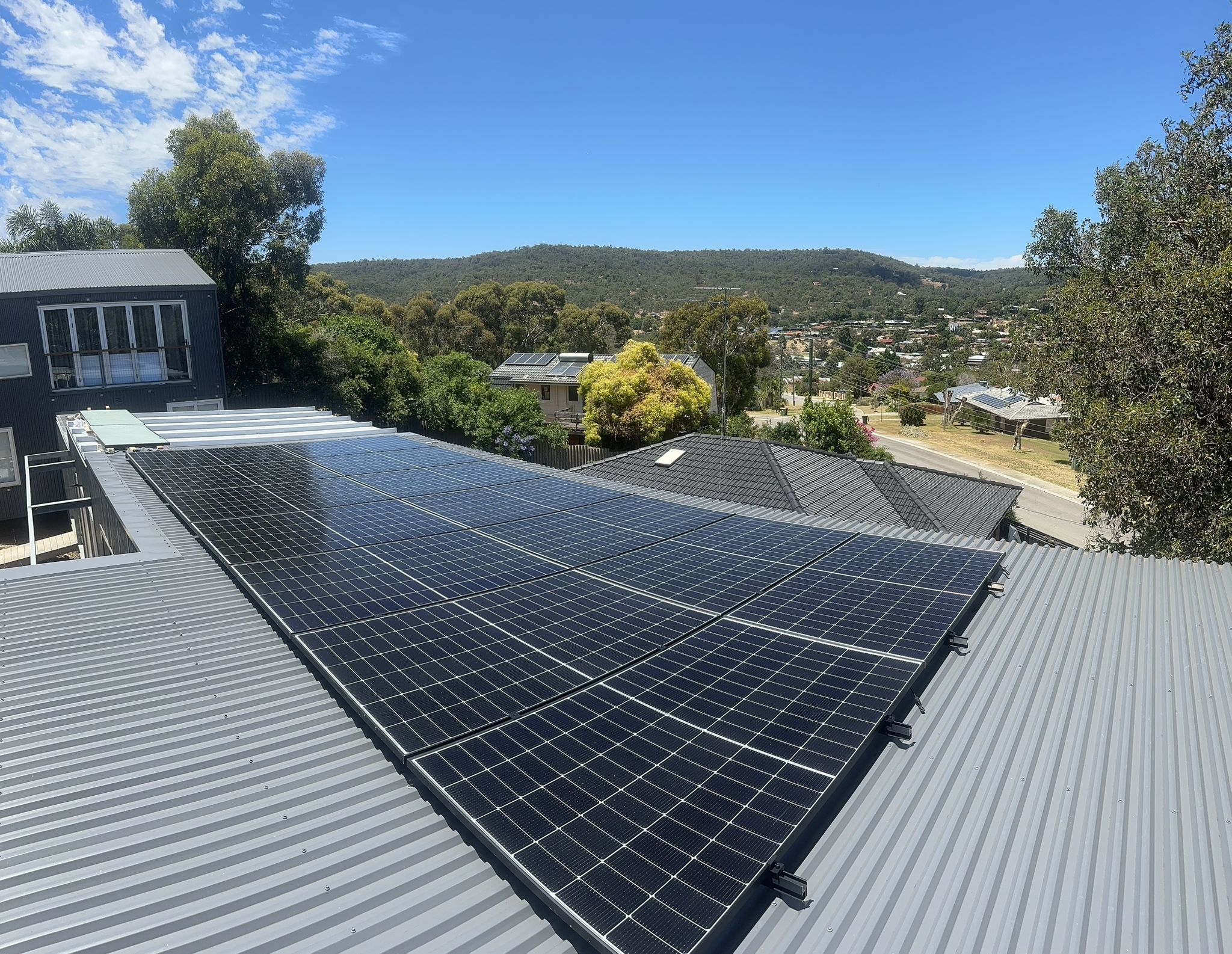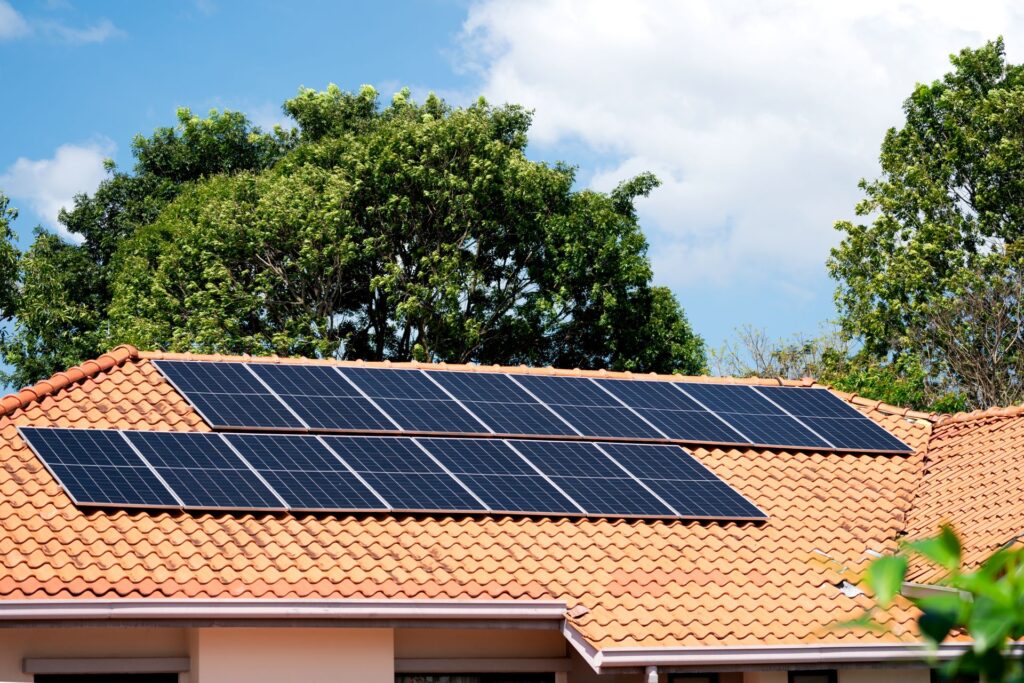Solar assist charging is becoming a popular option for homeowners looking to save on energy costs and reduce their environmental footprint. By integrating solar power into your home’s charging systems, you can harness the sun’s energy to support various electricity needs, from powering household appliances to charging electric vehicles.
Understanding solar assist charging can seem complex, but it doesn’t have to be. Simply put, it involves using solar panels to generate electricity, which is then stored in batteries and used as needed. This system helps you rely less on the grid, lowering your electricity bills and providing a more sustainable energy solution.
This article will explore the basics of solar assist charging, its benefits, and how to integrate it into your home. You’ll also find answers to common questions about solar energy savings and maintenance. Whether you’re new to solar power or looking to upgrade your current system, this guide is designed to help you make informed decisions about solar assist charging for your home.
What Is Solar Assist Charging?
Solar assist charging means using solar panels to generate electricity that charges a battery or powers your home directly. This system collects energy from the sun, stores it in batteries, and uses it when needed. Solar assist charging is effective for powering household appliances, and lights, and even charging electric vehicles.
The process starts with solar panels absorbing sunlight, which is then converted into electrical energy. This energy can be used immediately or stored in batteries for later use. A control system ensures the energy is used efficiently and directs excess power back to the battery. This reduces reliance on grid electricity and provides a backup during power outages.
Solar assist charging is a key part of a sustainable home energy solution. It helps optimise energy consumption, making your home more efficient and eco-friendly.
Benefits of Solar Assist Charging for Homeowners
Lower Energy Bills
One of the main benefits of solar assist charging is the reduction in energy bills. By generating your own electricity, you use less from the grid. Over time, these savings can add up, making a significant difference in your monthly expenses. The money saved can be used for other home improvements or personal needs.
Eco-Friendly Energy
Solar assist charging is an environmentally friendly option. It reduces your carbon footprint by using a clean, renewable energy source. Unlike fossil fuels, solar power does not produce harmful emissions. By choosing solar, you contribute to a greener future and help combat climate change.
Energy Independence
Solar power provides energy independence. With solar assist charging, you are less dependent on the grid and less vulnerable to power outages. This is particularly useful during peak times when electricity demand is high. Having access to your own power supply gives you peace of mind and ensures a reliable energy source.
Increase in Property Value
Homes with solar assist charging systems can see an increase in property value. Prospective buyers often look for energy-efficient and environmentally friendly homes. A well-installed solar system is an attractive feature that can make your property stand out in the market.
By investing in solar assist charging, you not only save money but also enhance the value and sustainability of your home. This investment pays off in multiple ways, providing both immediate and long-term benefits.
How to Integrate Solar Assist Charging in Your Home
Choosing the Right Solar Panels
Selecting the right solar panels is a critical first step in integrating solar assist charging. Different panels vary in efficiency, durability, and cost. Look for panels with a high efficiency rating, which means they convert more sunlight into electricity. Also, consider the longevity of the panels to ensure they perform well over the years.
Consult a professional to determine the best type and number of panels for your needs. Factors such as roof space, sun exposure, and energy consumption should guide your choice. High-quality panels might cost more upfront but provide better returns through energy savings and reliability.
Installing Efficient Battery Storage
Efficient battery storage is essential for solar assist charging. Batteries store the energy generated during sunny periods for use during the night or on cloudy days. Lithium-ion batteries are a popular choice due to their efficiency and long lifespan. They offer a balance of capacity, cost, and durability.
Proper installation is key for optimal performance. Ensure that the batteries are placed in a well-ventilated area away from extreme temperatures. Regular maintenance checks will keep them in good condition, ensuring your energy storage is reliable and effective.
Connecting to Home Electrical Systems
Connecting your solar panels and batteries to your home’s electrical system requires professional setup. This ensures safety and compliance with local regulations. An inverter will convert the direct current (DC) output of the solar panels into alternating current (AC), which is used by household appliances.
Professional electricians will also install safety features like circuit breakers and surge protectors. These systems prevent damage to your home’s electrical components and ensure smooth integration. With the right connection setup, your home will efficiently use solar-generated power, reducing reliance on grid electricity.
Common Questions About Solar Assist Charging
Is It Worth the Investment?
Many homeowners wonder if solar assist charging is worth the investment. The answer is yes, for most people. The upfront costs can be significant, but the long-term savings on energy bills often offset these costs. Government incentives and rebates can also help reduce initial expenses.
Over time, the savings from reduced electricity bills accumulate, making solar assist charging a cost-effective option. Additionally, having a renewable energy source adds to the value and appeal of your property.
How Much Energy Can It Save?
The energy savings from solar assist charging depend on several factors, including the size of your solar system, your energy consumption, and the amount of sunlight your location receives. On average, a well-designed solar system can cover a large portion of your home’s energy needs.
For instance, solar power can significantly reduce grid electricity usage, leading to noticeable savings. In sunny locations like Perth, the potential for energy savings is even greater. Homeowners can expect substantial reductions in their electricity bills.
What Maintenance Is Required?
Solar assist charging systems require minimal maintenance but should not be neglected. Regular inspections ensure that panels stay clean and free from obstructions like debris and dirt. Cleaning the panels once or twice a year can improve efficiency.
Battery maintenance involves checking for any signs of wear and ensuring connections are secure. Professional maintenance services can conduct thorough checks and address any issues promptly. Keeping the system well-maintained ensures long-term efficiency and reliability.
Conclusion
Solar assist charging is a smart and sustainable way for homeowners to manage energy consumption. By choosing the right solar panels, installing efficient battery storage, and ensuring proper connection to electrical systems, you can optimise energy use and enjoy numerous benefits. Solar power not only lowers energy bills but also adds value to your home and helps the environment.
KLUEM Group offers expert services in integrating solar assist charging systems. Our team of experienced Perth electricians and solar specialists is ready to help you make the most of solar energy. Contact KLUEM Group today to start your journey towards a more efficient and eco-friendly home.




